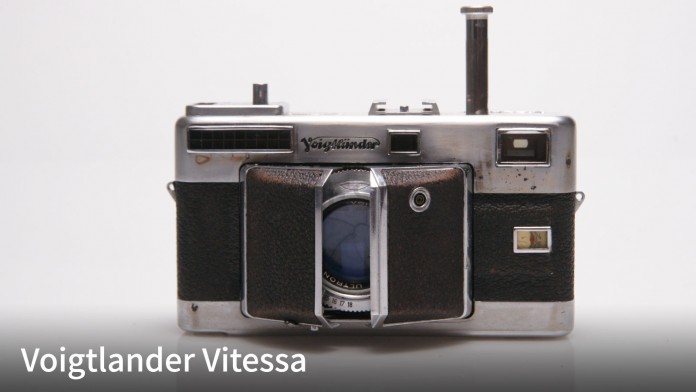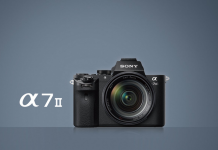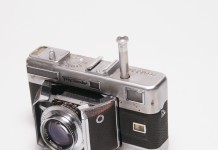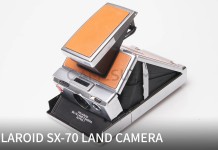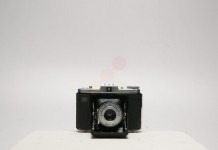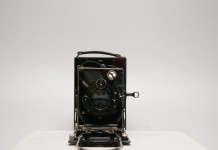(EN) Voigtlander’s representative camera ‘Vitessa’1950년대를 대표하는 레인지 파인더 카메라 보이틀랜더 비테사
Voigtlander’s representative camera ‘Vitessa’
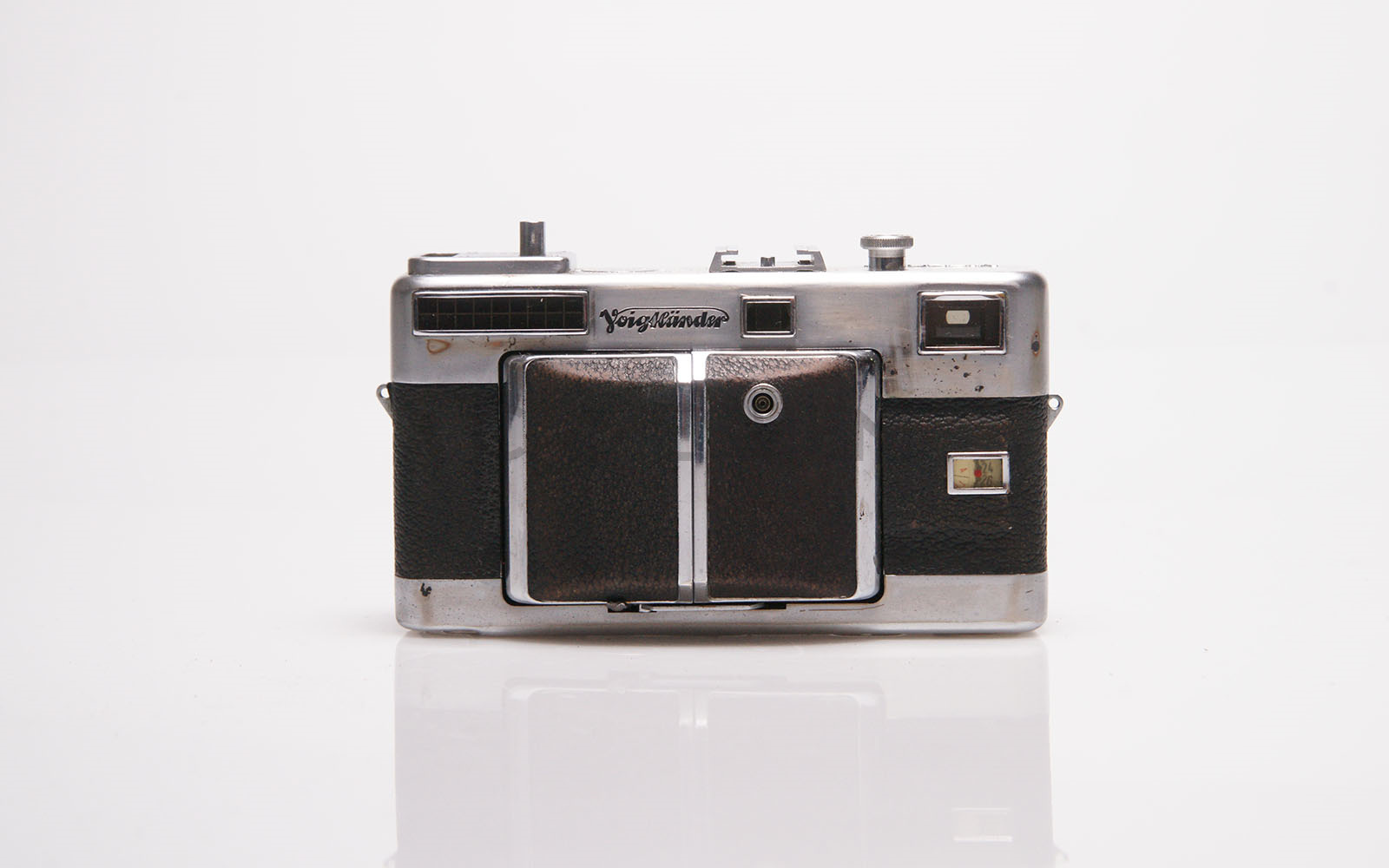
The Vitessa had a 50mm f/2 Ultron lens or 50mm f/3.5 or f/2.8 Color-Skopar with unique shape of plunger rod. Vitessa is the most famous model among Voigtländer products. Many camera manufactures developing various designs to improve portability of rage-finder cameras. Lens and shutter loader rod goes inside of Vitessa while travelling. In this way, it helps the portability of Vitessa. Moreover, barn-door helps to take the folding bed out in short preparation time. A large plunder rod was operated for the film advance and shutter cocking which created its unique style.
Finally, Vitessa became a byword for folding camera.
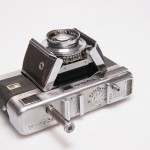
1Great satisfaction and Control ability
Voigtländer released Vito 2 series, Perkeo and Prominent, so many other models in 1950s. This signaled the golden age of Voigtländer. Vitessa was a folding camera with long plunger rod. This was typical function for folding type compact camera in that era. However, vitessa has introduced multi-functional rod which can rewind its film and load shutter at same time. That was revolutionary function and convenience. Because of this function, user can handling shutter burton and focusing with right hand, left hand on plunger rod for rewinding film. Moreover, this unique function and appearance of Vitessa make itself differed from other brands. Vitessa can provide differentiated control ability and its appearance to users. Ultron 50mm F2 shows its powers of description on Vitessa with great control ability. Vitessa provides a highly satisfaction to its users. Furthermore, Vitessa can keep this great lens inside of its body to increase portability and convenience.

2Ultron 50mm F2.8 completes the Vitessa.
Late model, Vitessa, had a 50mm f/3.5 or f/2.8 Color-Skopar. Nevertheless, 50mm f/2 Ultron lens is the main part of Vitessa. 50mm f/2 Ultron lens was designed by Dr. Tronie(*) who was participated in developing Schneider 50mm F1.5 after he moved to Voigtländer. Ultron lens was one of the fastest lens which can focusing very smoothly.
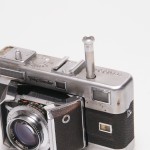
3New larger plunger rod from typical design
People cannot forget the appearance of Vitessa because it has unique shape of larger plunger rod for film and shutter. This plunger rod helps for rewinding the film and loads shutter faster. However, this plunger rod goes inside of camera while it was folded. It created a unique style of Vitessa.
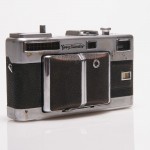
4Maximize the portability through design.
Portability is one of the most important factors when purchasing rage-finder camera. The Vitessa was an innovative 35mm folding rage-finder camera made by Voigtländer. The folding bed was replaced by a barn-door assembly which made this camera more portable. The film advance and shutter cocking were operated with a large plunder rod pointing out of the top plate, which could be reacted when the camera was folded. Nonetheless, it can be very uncomfortable to certain people. However, either lens and plunger rod goes into body when the camera was folded. It can transform and become more compact with smoother outline.
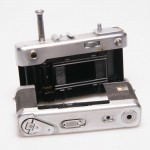
5Vitessa represented the history of Voigtlander
Voigtländer is an optical company founded by Johann Christoph Voigtländer (de) in Vienna in 1756 and is thus the oldest name in cameras. It produced the Petzval photographic lens (the fastest lens at that time: f/3.7) in 1840, and the world’s first all-metal daguerrotype camera (Ganzmetallkamera) in 1841, also bringing out plate cameras shortly afterwards. It set up a branch office in Braunschweig in 1849, moving its headquarters there later. The company issued stock in 1898, and a majority of the shares were acquired by Schering in 1925.
Over the next three decades, Voigtländer became a technology leader and the first manufacturer to introduce several new kinds of product that later became commonplace. These include the first zoom lens for 35mm still photography (36–82/2.8 Zoomar) in 1960 and the first 35mm compact camera with built-in electronic flash (Vitrona) in 1965.

Vitessa shows a superb, almost Leica M3 quality fit and finish, uses Exposure Value settings, a system popular in the 1950’s. Its design and mechanics are unique in its class, like Voigtlander Prominent’s unique design. Voigtlander Vitessa L became the most elegant 35mm Folder camera.
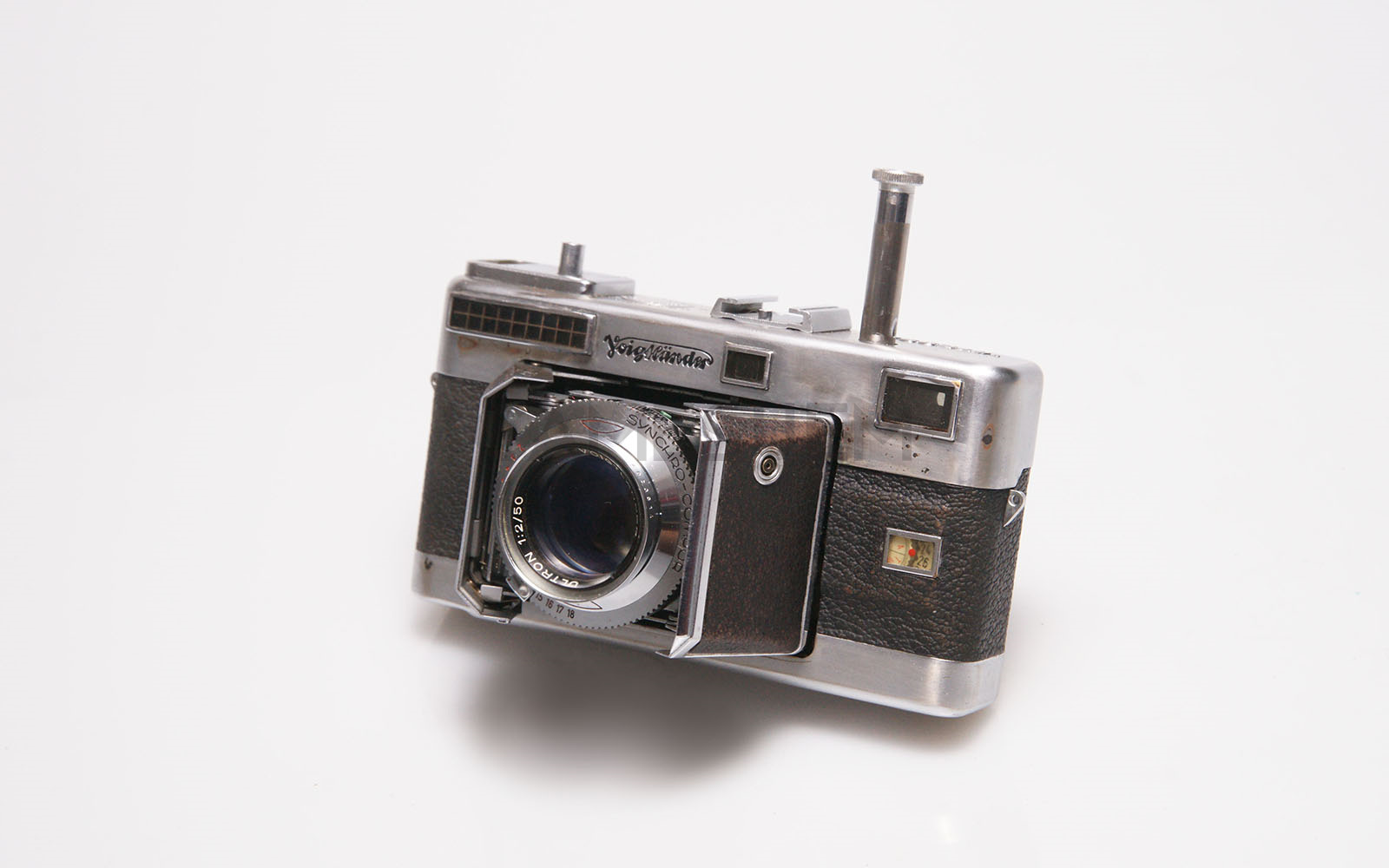 There are several nicknames of Vitessa, eg. in German it was called the Leuchtturm, means The Lighthouse named after the unique plunger rod.
There are several nicknames of Vitessa, eg. in German it was called the Leuchtturm, means The Lighthouse named after the unique plunger rod.
The Vitessa range has several versions and models. Vitessa L is called the most elegant camera among Voigtlander models. The most expensive models had a 50mm f/2 Ultron lens, the others a 50mm f/3.5 or f/2.8 Color-Skopar. They all had a Compur-Rapid or Synchro Compur shutter to 1/500. The later models had an uncoupled selenium meter.
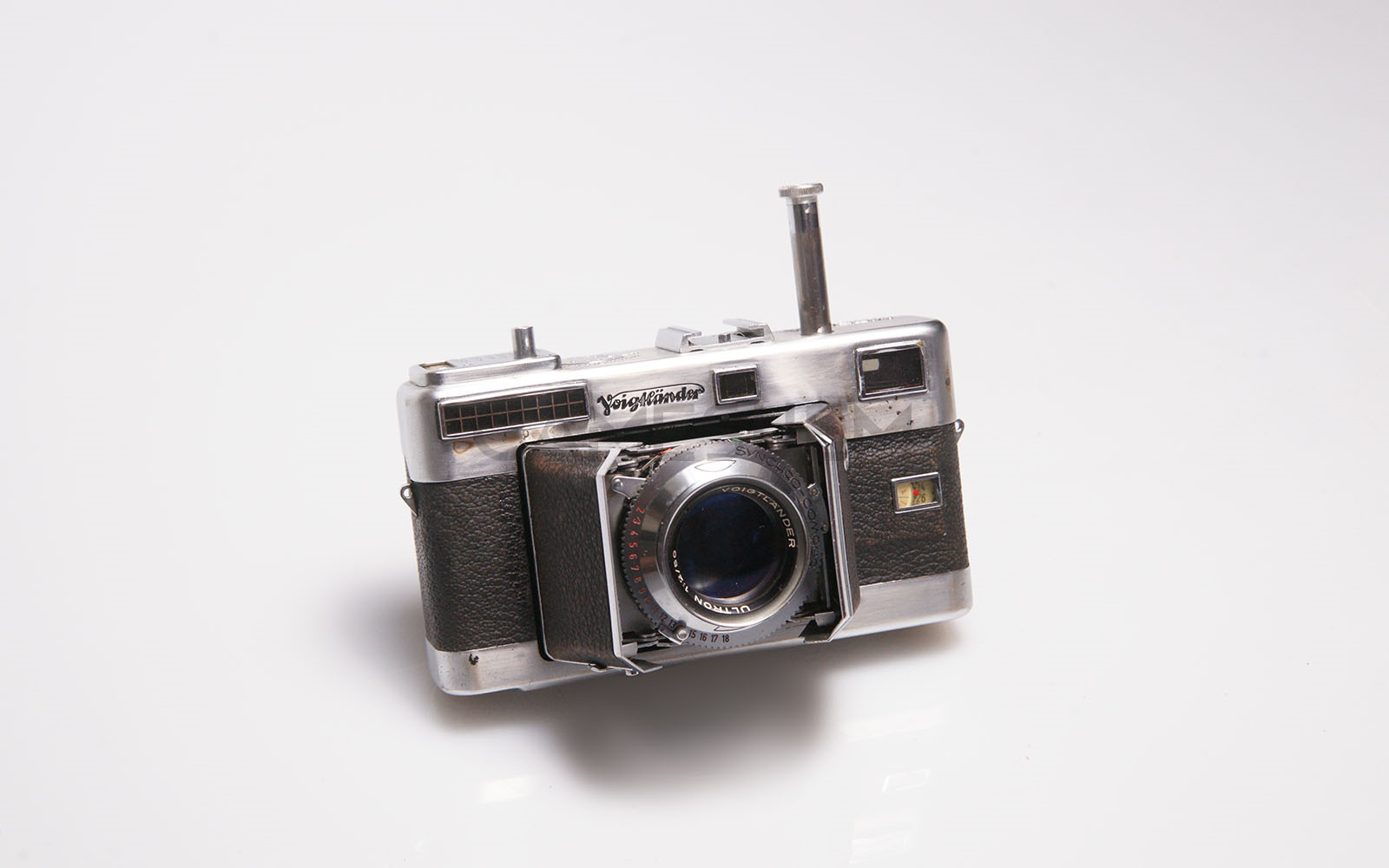
One time, Vitessa shows a superb quality and finish almost Leica M3. After the lapse of time, Schering sold its share of the company to the Carl Zeiss Foundation in 1956, and Zeiss and Voigtländer integrated in 1965. In 1972 Zeiss/Voigtländer stopped producing cameras, and a year later Zeiss sold Voigtländer brand to Rollei. On the collapse of Rollei in 1982, Plusfoto took over the name, selling it in 1997 to Ringfoto. Since 1999, Voigtländer-branded products have been manufactured and marketed by Cosina. However, Vitessa well be remembered as the best model by Voigtländer.

